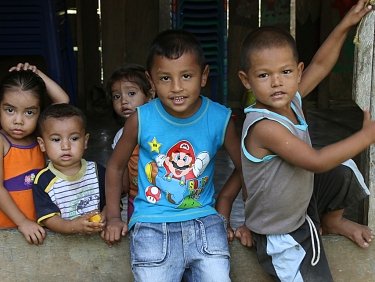Context
Colombia has been gripped by armed conflict for over 50 years, a conflict that revolves essentially around the country’s natural resources. Further, the Colombian Government’s economic model relies on agro-industrial production and commodity exports. The armed conflict, coca cultivation, huge monocultures for biofuel production as well as mining projects are all jeopardizing the livelihoods of rural communities and leading to violent evictions of indigenous smallholder families.
Many of them find it almost impossible to grow enough food and earn an income. They are migrating to the cities in search of a better life.
Yet another problem is the destruction of ecosystems by forest clearance and the use of pesticides, which endanger public goods such as water, land, the biodiversity and forests. This situation is compounded by severe droughts and flooding, which are being triggered by climate change.
Some smallholder families, women and young people have organized themselves in order to protect their resources. Their local roots are strong and they want to remain where they are. But the civilian population gets drawn into the conflict owing to the heavy military presence in daily life and the demands of the armed fighters. The consequences are serious human rights violations such as violence, poverty, hunger, displacement, as well as the destruction of the social fabric and traditional values.
Yet in 2016, after more than 50 years of armed strife between government forces, guerrillas and paramilitaries, a peace agreement was signed between the Government and the FARC guerrillas. A peace agreement alone is no guarantee of lasting peace, however. The agreement must be implemented and outstanding matters settled. A system of transitional justice as well as long-term conflict transformation are needed at various levels, for example.

